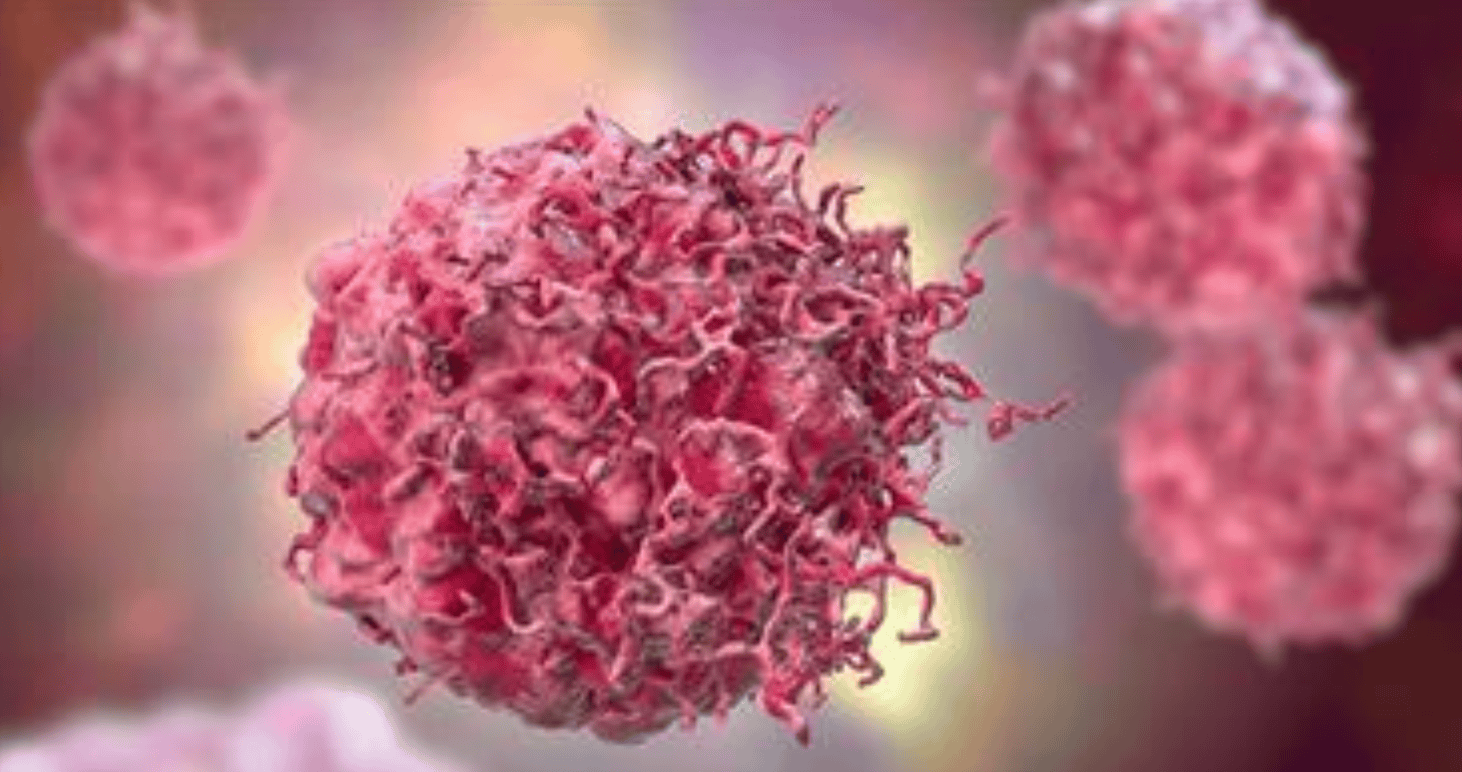The Unfolding Tragedy of America’s Parkinson’s Belt: Are Chemicals Behind the Surge in Brain-Wasting Disease?
Ready to uncover the truth? Sick of the lies? Join our Telegram Channel now. It’s time for the real story! My gratitude to all my readers!
Explore the alarming rise of Parkinson’s disease in America’s ‘Parkinson’s Belt,’ where industrial and agricultural chemicals are suspected of fueling a 50% spike in cases. Learn how toxins like TCE and pesticides may be triggering this brain-wasting disease and what must be done to address this growing health crisis.
Lede:
In a disturbing and tragic phenomenon gripping the heart of America, a region ominously dubbed the “Parkinson’s Belt” has emerged. Within this belt, a striking and alarming rise in Parkinson’s disease cases is leaving scientists and healthcare professionals scrambling for answers. The culprit? Many experts point to the dangerous chemicals—pesticides, industrial solvents, and degreasers—raining down on unsuspecting populations. While Parkinson’s disease has no cure, what’s even more terrifying is the revelation that these toxins could be fueling the disease at a rate nearly 50% higher than the national average.

This map showed the amount of people with Parkinson per 100,000 people across the US, using data from 6,866,623 people on Medicare in 2012. Southern California , the sunbelt and rustbelt states make up the region which experts are calling America’s ‘Parkinson’s Belt’
The Parkinson’s Belt: A Regional Epidemic?
Across swaths of the United States—encompassing Southern California, the Sunbelt, and the Rustbelt—scientists are observing an unsettling pattern: Parkinson’s disease rates are skyrocketing. These areas, which have seen extensive agricultural and industrial activity for decades, now show Parkinson’s rates nearly 50% higher than the national average. Researchers are racing to understand why.
The rise in these regions isn’t random. Experts suggest it’s linked to the specific environments in these pockets of the country, where generations of farmworkers and factory employees have been exposed to chemicals that could silently attack their brains. But it’s not just speculation. Studies are now confirming that something in the very air, water, and soil is pushing the numbers into dangerous territory.
The data tells a chilling story. A 2022 study from the University of Pennsylvania identified clusters of the disease in Southern California, Southeastern Texas, Florida, and Central Pennsylvania. These Parkinson’s “hotspots” sit suspiciously close to large agricultural zones or former industrial strongholds. This geographic clustering suggests something more than genetics or aging populations is at play—there’s an environmental trigger, and it’s killing people slowly.
The Price of Progress: Industrial Toxins and Parkinson’s Disease
Historically, the Rustbelt—an industrial powerhouse—played a major role in building America’s modern infrastructure. Yet, its legacy may include something far more sinister: a hidden wave of degenerative brain diseases. Take Pittsburgh, for example, where steel factories once reigned supreme. For decades, workers there inhaled toxic fumes and chemicals, part of the industrial machinery that powered America’s rise. The city was even nicknamed “Smoke City” due to its constant industrial pollution.
Enter Dr. Ray Dorsey, a neurologist at the University of Rochester, who believes these old factory towns are paying the price. His research focuses on trichloroethylene (TCE), a chemical heavily used in steel production for degreasing machines and tools. TCE isn’t just another chemical on the list—it’s deadly. Linked to a host of health problems including cancer and nerve damage, this volatile compound has now been shown to increase the risk of Parkinson’s by a jaw-dropping 500%.
The damage doesn’t stop there. Studies suggest that exposure to TCE alters how brain cells use energy, making neurons more vulnerable to the types of changes that eventually cause Parkinson’s. While the EPA finally proposed a ban on TCE in 2023, for decades, millions of Americans breathed it in without a second thought. The long-term consequences are now manifesting in a devastating fashion.
Dr. Greenamyre: When the Scientist Becomes the Subject
Few stories highlight the cruel irony of Parkinson’s better than that of Dr. Tim Greenamyre. As the director of the Pittsburgh Institute for Neurodegenerative Diseases, Dr. Greenamyre spent years investigating the very chemicals that may have led to his own diagnosis. In a tragic twist of fate, the researcher became the patient.
In his lab, Dr. Greenamyre studied a pesticide called Rotenone, often used in agriculture. It wasn’t until he noticed his own left arm failing to swing as he walked—a telltale early symptom of Parkinson’s—that he realized the shocking possibility: he might have poisoned himself with the very substance he was studying. The pesticide, commonly used on crops and livestock and even in home gardens, is now under heavy scrutiny.
Dr. Greenamyre’s research revealed that Rotenone might be doing more than just killing pests—it could also be leading to a higher risk of Parkinson’s disease. Farmers who used Rotenone were found to be 2.5 times more likely to develop the condition than those who hadn’t, according to a 2011 study. These findings are especially alarming given the widespread use of the pesticide, particularly in areas now marked as Parkinson’s hotspots.
In a 2000 study published in Nature, Dr. Greenamyre demonstrated that Rotenone injected into rats caused movement disorders and brain changes remarkably similar to those seen in humans with Parkinson’s. Over time, as Dr. Greenamyre’s own symptoms worsened, he began to suspect that exposure to the chemical—sometimes even on his gloves while handling samples—was responsible for his diagnosis. His tragic situation highlights the dangers faced by everyday Americans living near farms and industrial centers, where these chemicals have been used for decades.
The Agriculture Link: Pesticides and Neurological Damage
Beyond the steel mills and factories of America’s Rustbelt, the nation’s farms may be another hidden source of danger. Chemicals like Rotenone, which have been used widely in farming practices, are now being linked to neurological damage that leads to Parkinson’s disease. The fertile fields of California’s Kern County, where almonds, grapes, and citrus fruits are grown, are one of the prime examples of this terrifying connection.
In agricultural regions like these, pesticides and other toxic chemicals are used routinely, both in large-scale operations and even in backyard gardens. For decades, farmers have relied on these chemicals to boost crop yields, often unaware of the potentially deadly side effects. As more evidence surfaces, the link between pesticides and Parkinson’s becomes harder to ignore.
While the EPA has taken steps to limit the use of Rotenone, it remains available under certain conditions. The loopholes in regulation are glaring, allowing the pesticide to continue seeping into the ground and waterways, potentially setting the stage for a new generation of Parkinson’s patients. The reality is that America’s farming heartland may be sowing the seeds of a national health crisis.
The Human Toll: Lives Shattered by Parkinson’s
The devastation of Parkinson’s disease isn’t just measured in cold statistics or scientific studies—it’s felt in the daily struggles of millions of Americans. About 1 million people in the United States currently live with the disease, a number the Parkinson’s Foundation estimates will rise to 1.2 million by 2030. For those affected, the symptoms—tremors, rigidity, and loss of motor control—slowly rob them of their independence and dignity.
Patients often describe feeling trapped inside their own bodies, their minds still sharp but unable to communicate with the muscles that once worked effortlessly. Over time, the disease erodes their ability to move, speak, or even swallow, making everyday tasks a monumental struggle. The emotional toll on patients and their families is profound, as they grapple with the slow, relentless decline of a loved one.
Adding to this tragic burden is the knowledge that many cases may have been preventable. If chemicals like TCE and Rotenone are indeed contributing to the surge in Parkinson’s cases, then countless Americans have been unwittingly exposed to a toxic environment that has stolen years from their lives.
The EPA’s Role: A Glimmer of Hope or Too Little, Too Late?
As the evidence mounts, the role of the Environmental Protection Agency (EPA) has come under scrutiny. In 2023, the agency finally took action on TCE, proposing a ban on all uses of the chemical, labeling it “extremely toxic.” This decision came after years of pressure from environmental groups and public health advocates, who have long warned about the dangers posed by industrial solvents like TCE.
However, many critics argue that the EPA’s actions are too little, too late. For decades, Americans have been exposed to these chemicals, and while the ban is a step in the right direction, the damage has already been done. The long latency period of Parkinson’s disease—sometimes taking decades to manifest after exposure—means that many more cases are likely to emerge in the coming years, even as the use of these toxic chemicals is curtailed.
Moreover, the EPA’s response to Rotenone has been far more tepid. While the agency has restricted the pesticide’s use, it has not fully banned it, citing “insufficient evidence” to link it definitively to Parkinson’s disease. For those living in the heart of America’s agricultural regions, this hesitance could prove deadly.
A National Health Crisis in the Making?
The surge in Parkinson’s disease cases in the so-called “Parkinson’s Belt” is not just a regional problem—it’s a national crisis in the making. With an estimated 60,000 new cases of Parkinson’s diagnosed each year, the numbers are growing at an alarming rate. If environmental factors like chemicals from farms and factories are indeed contributing to this rise, then the crisis will only worsen unless swift action is taken.
Public health officials, scientists, and policymakers must confront the uncomfortable reality that the very chemicals once seen as vital to America’s economic growth and agricultural productivity may now be the root cause of a growing epidemic. Immediate and decisive action is needed to protect future generations from the toxic legacy of America’s industrial and agricultural past.
Conclusion: The Fight for Accountability and Solutions
The rise of Parkinson’s in America’s Parkinson’s Belt raises serious questions about environmental health and safety. As scientists continue to unravel the complex relationship between chemicals and neurodegenerative diseases, one thing is clear: we can no longer afford to ignore the warning signs. The evidence is there, staring us in the face, and the human cost is too great to delay action.
For the millions of Americans living with Parkinson’s and for those who may develop the disease in the years to come, the fight for accountability and solutions has just begun. It is a fight that will require courage, funding, and a commitment to changing the way we view the environmental factors affecting our health. And it is a fight we cannot afford to lose.
Our mission to champion democracy, freedom of speech, and patriotic values relies on the support of dedicated individuals like you. Your contribution is vital in helping us provide insightful analysis, uncover pressing issues, and inspire positive change in our nation.
Join us in our commitment to making a difference. Every donation counts and empowers us to continue our work in advocating for the values we hold dear.
Thank you for being a crucial part of our journey.

I’m a 33-year-old writer and the founder of World Reports Today. Driven by the timeless principles of democracy and freedom of speech, I use my platform and my writing to amplify the voices of those who uphold these ideals and to spark meaningful conversations about the issues that truly matter.






